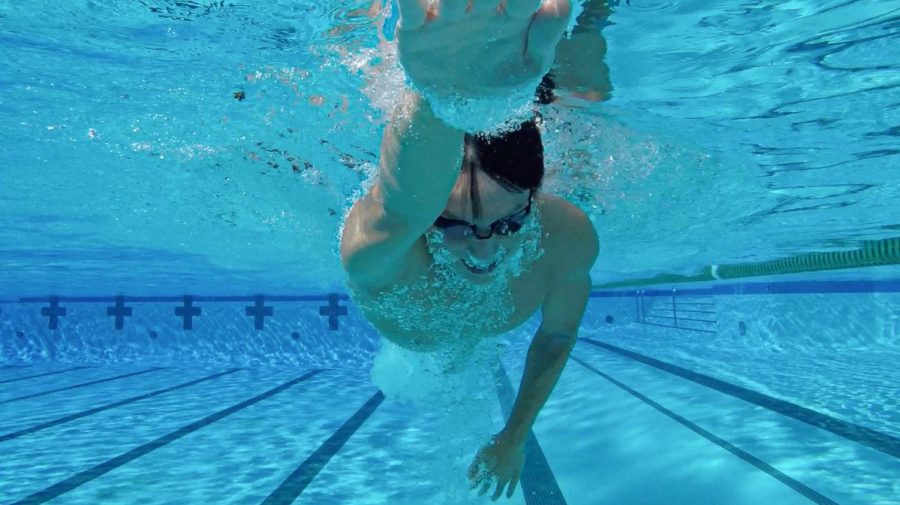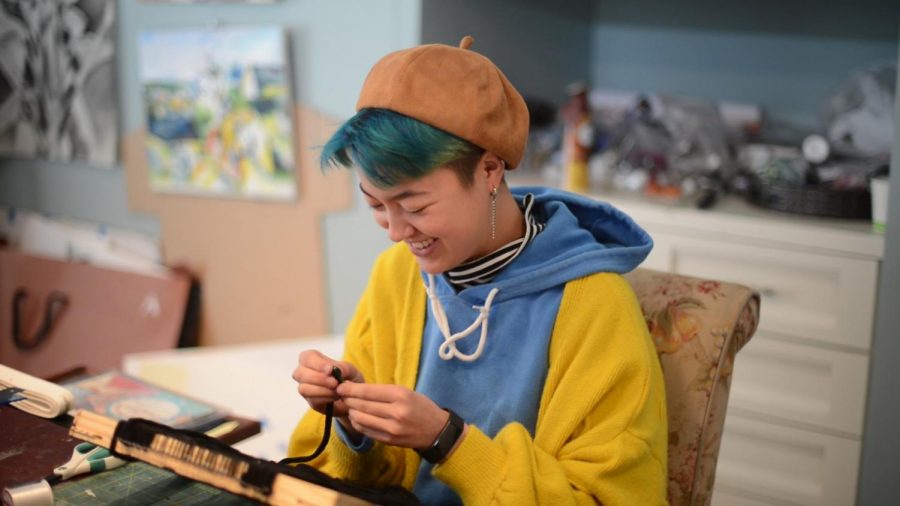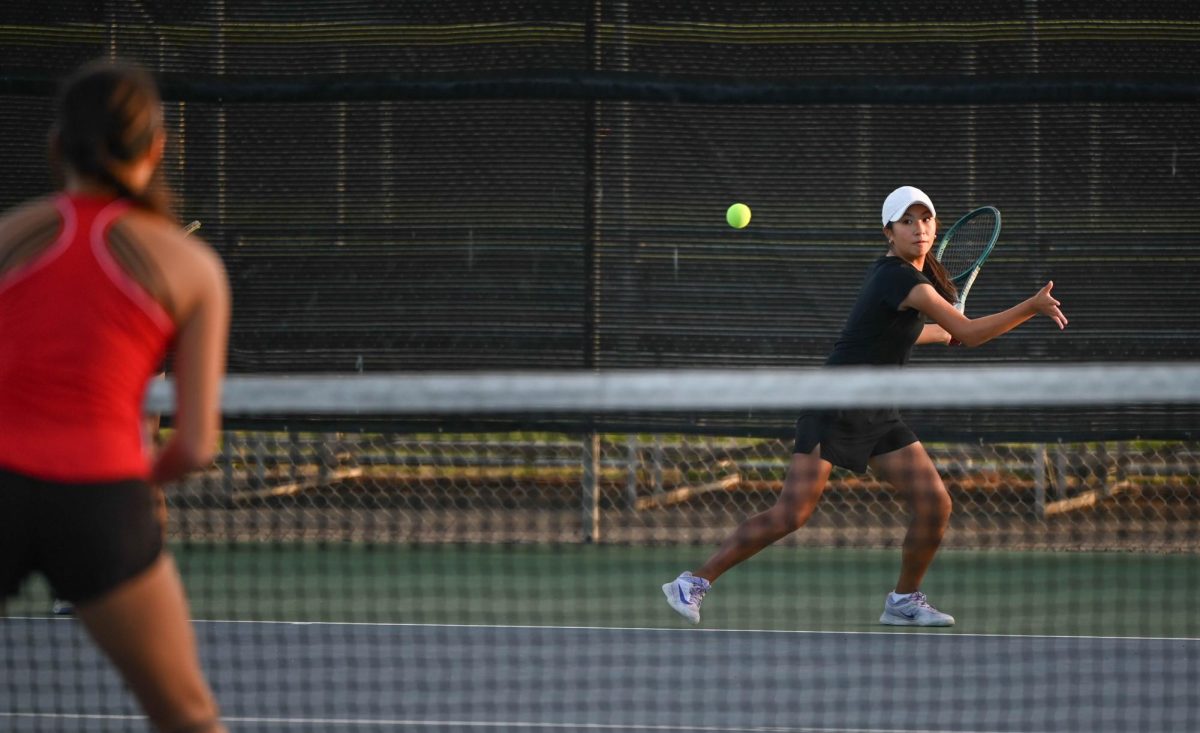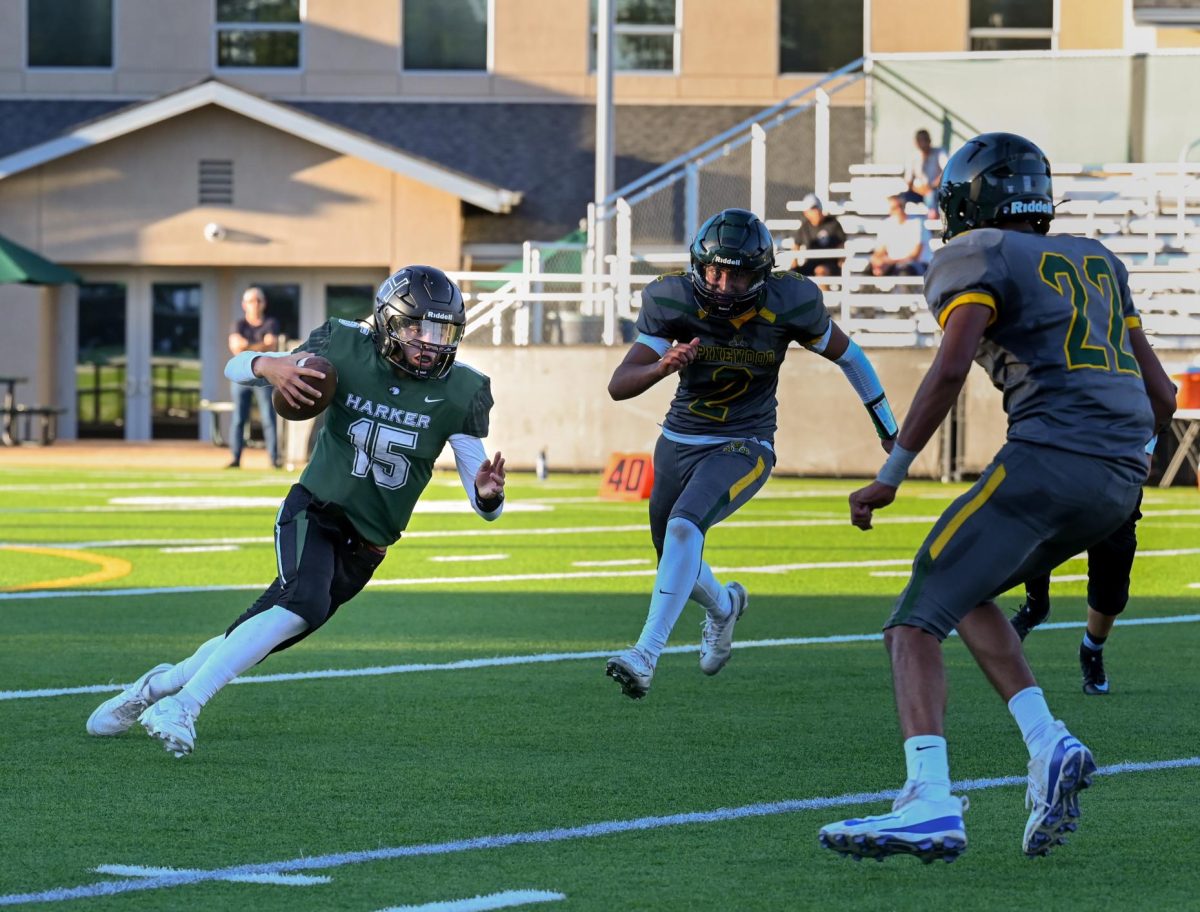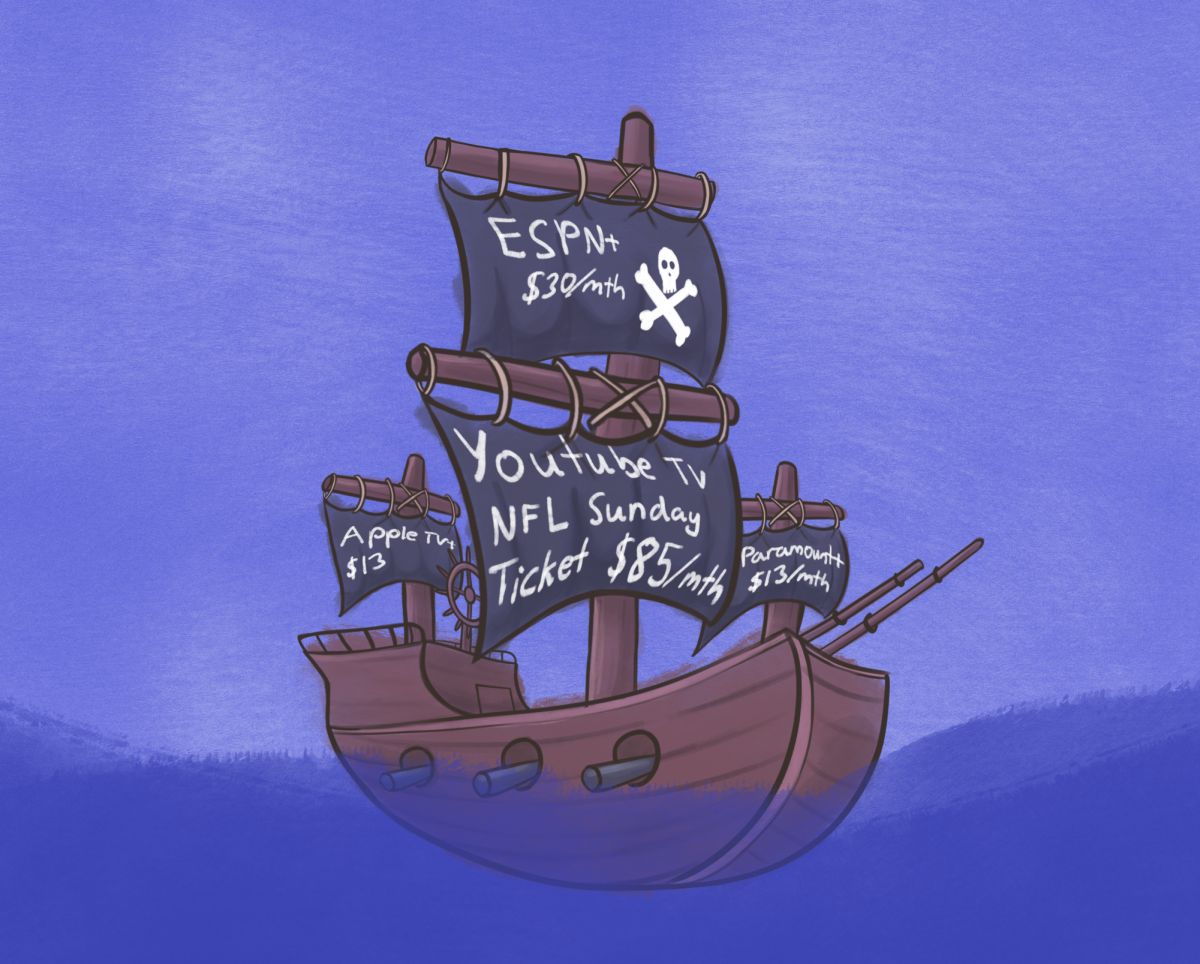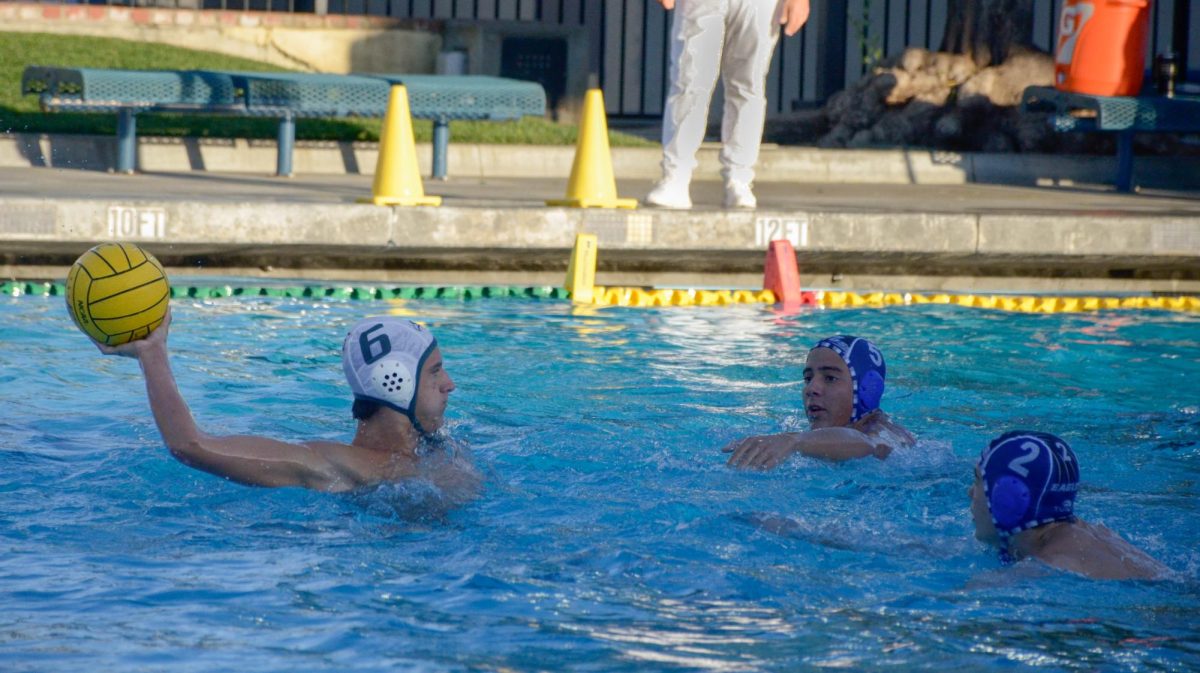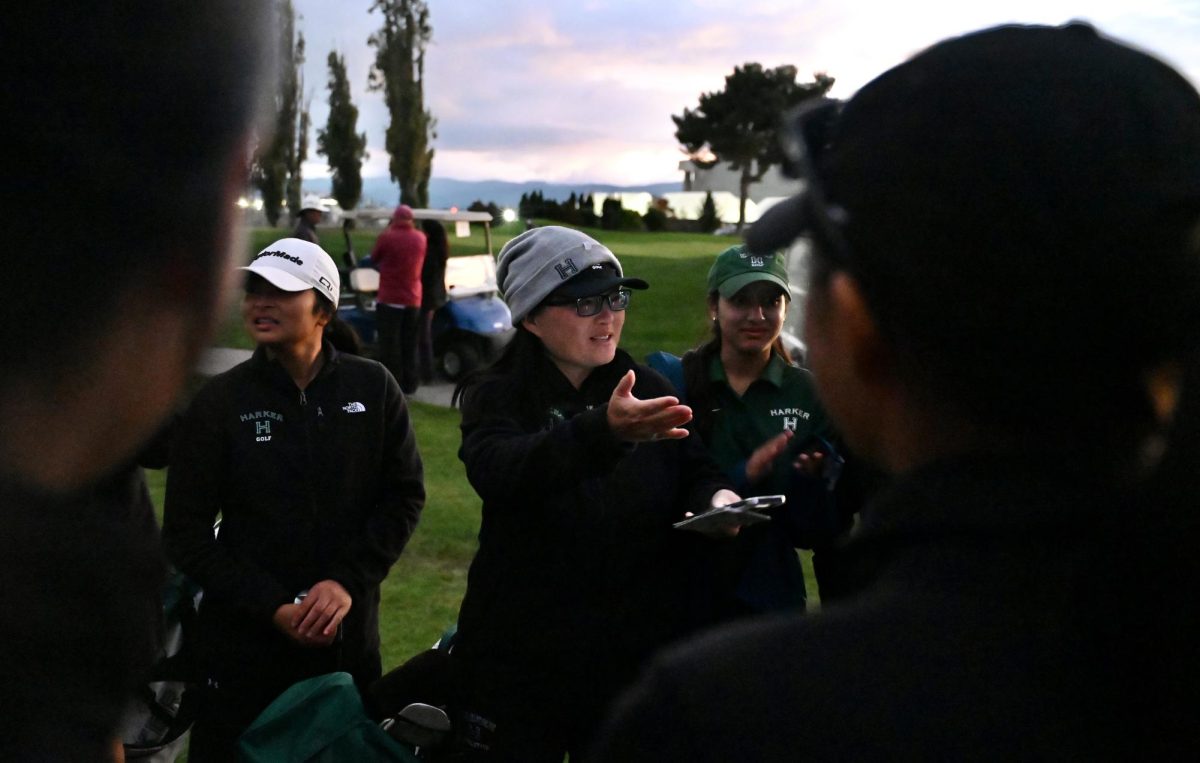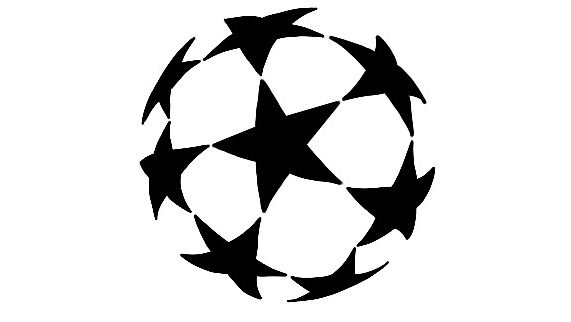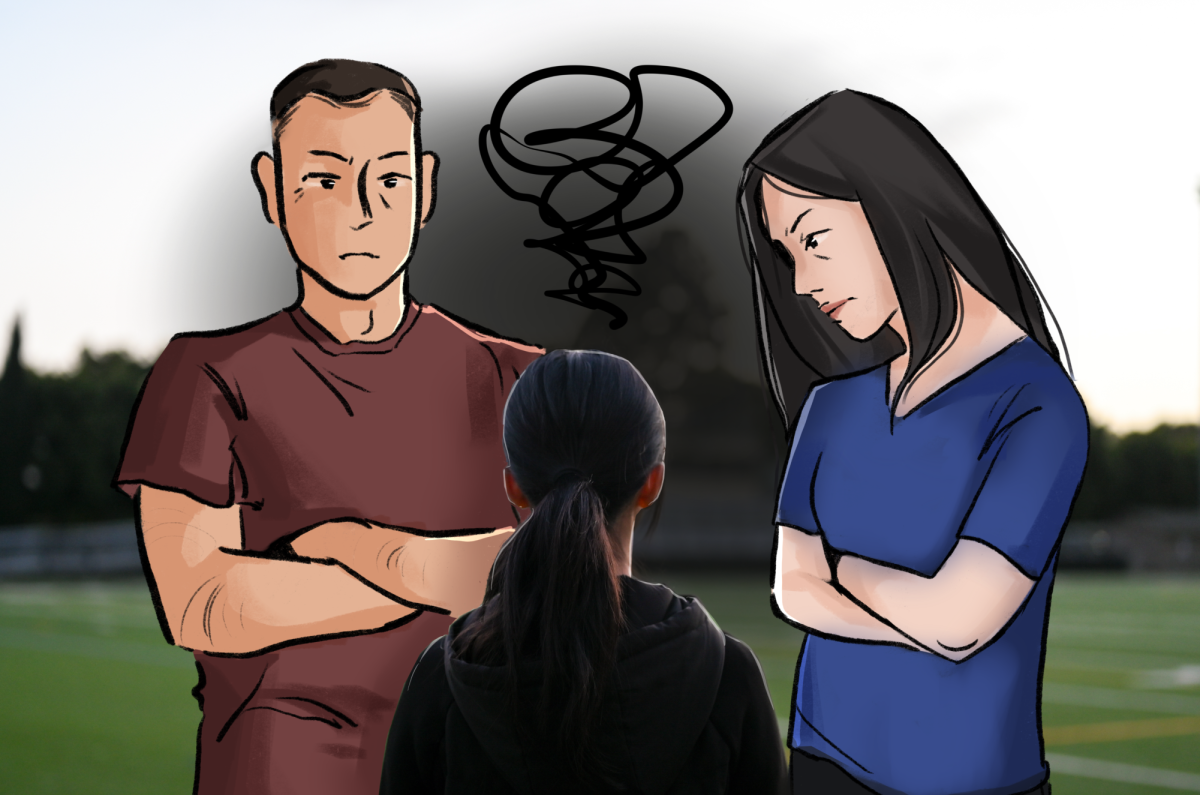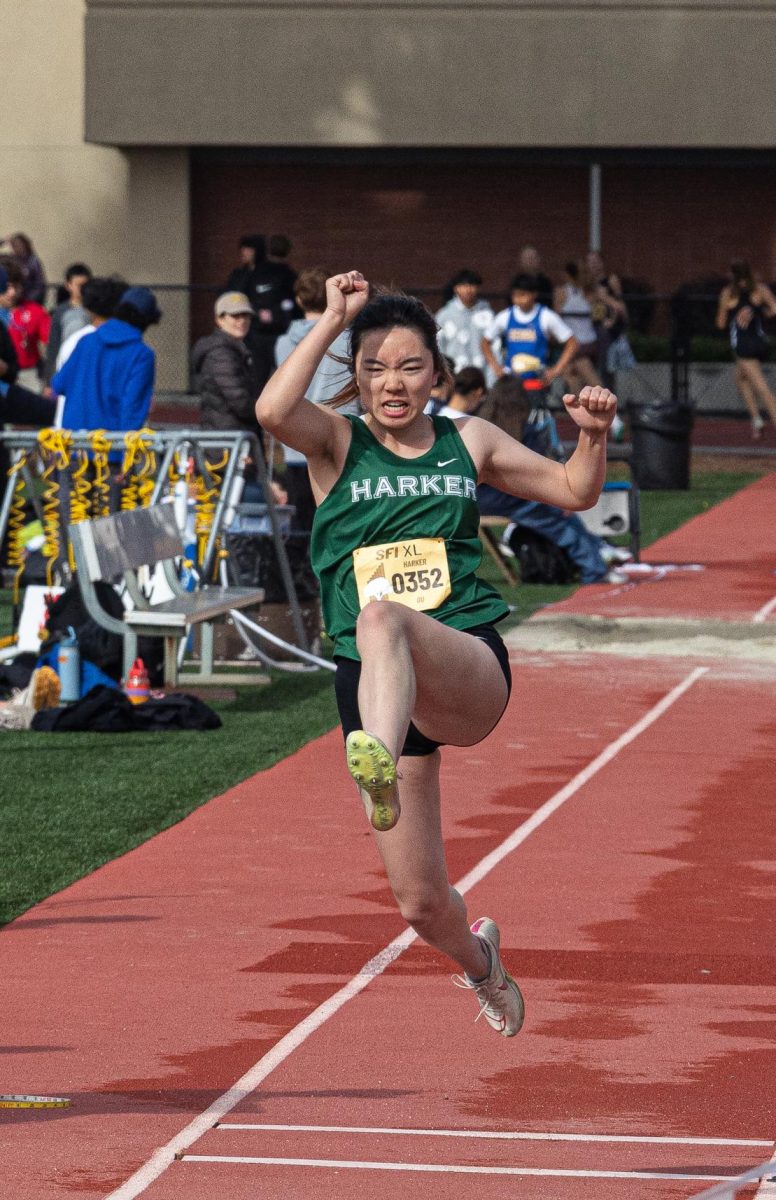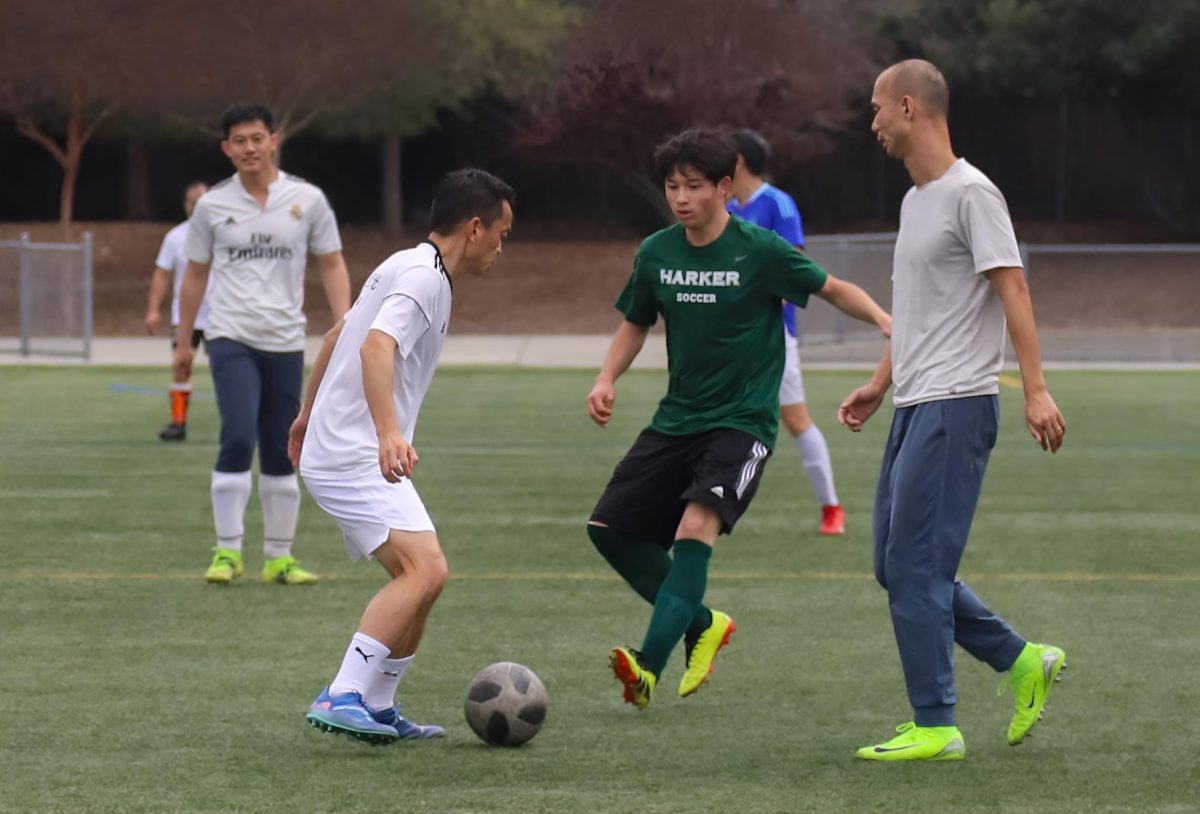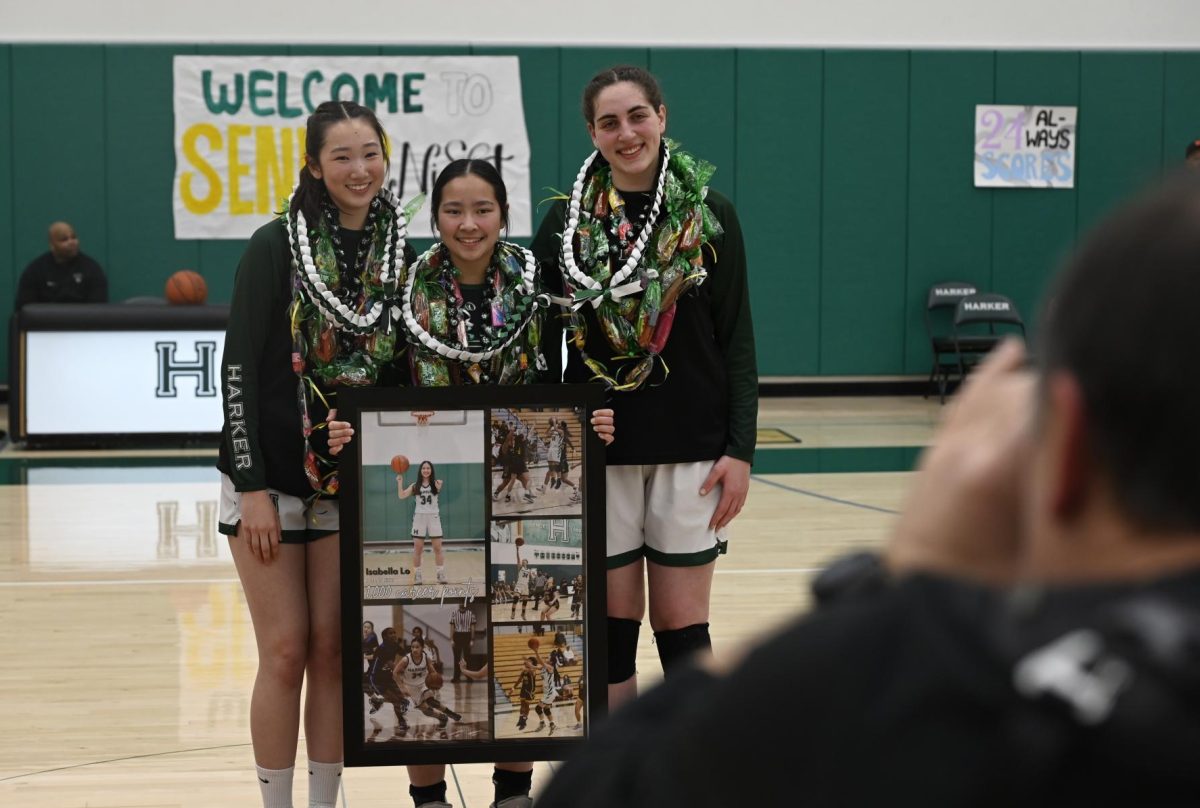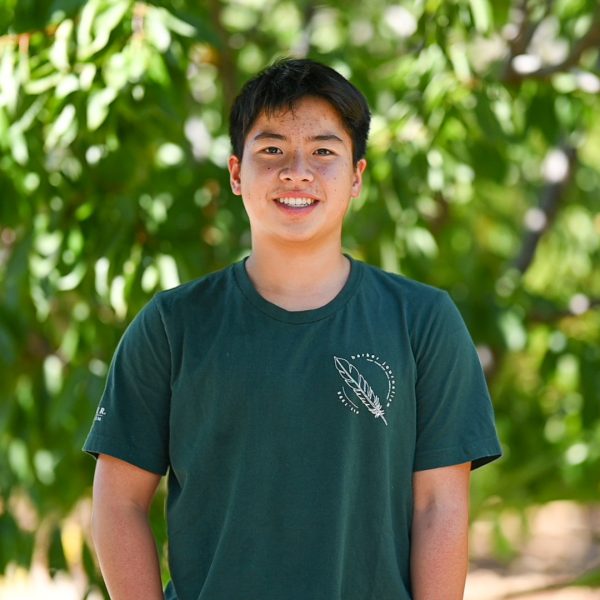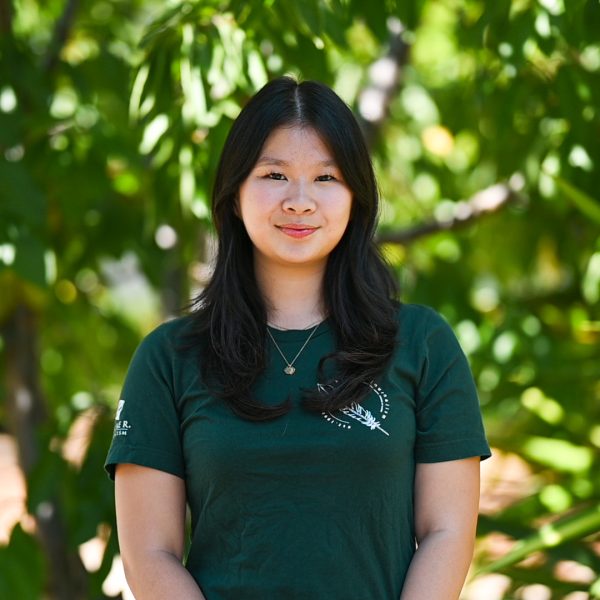Four players in teams of two stand over a small circular net as onlookers wait in line for their turn on Davis Field. The tiny court, just a few feet across, fits on a small patch of the field. A throw from the serving team sends the bright yellow ball toward the center of the net, as players scramble to position themselves for the return. The small but energetic matches of spikeball have become an everyday scene on campus, drawing students from various grade levels to play.
Ever since the introduction of spikeball nets on Davis Field by Spikeball Club at the beginning of the year, the sport has transformed into a popular lunchtime and afterschool activity among students of all grade levels at the Upper school. through both the low barriers to entry and fast rounds. Students face off in 2v2s, standing adjacent to their teammate and opposite their opponents. Teams have up to three touches to return the ball to the net, continuing until one team fails to make a proper return.
The biggest group on the field, consisting of sophomores, has established its own rules, first to three points, which allows for quick games and more rotation among the approximately 10 regular players.
Sophomore Vova Schegrov, who purchased one of the spikeball nets with sophomore Rithvik Navad, reflected on the early days of spikeball at Harker with his friend group. He commented on factors that have boosted its popularity among students.
“We were trying to figure out an activity that we can bond over together,” Vova said. “One lunch, we played spikeball, the best thing I’ve ever played. Now, look how many people are lining up. For this sport, you don’t need to be as athletic as others, and you can play it anywhere — on the beach, in the park, in the atrium. There’s no excuse to not play.”
Although spikeball strategy varies from team to team, players generally set the ball one to two times before hitting it back across the net, similar to volleyball tactics. The elastic net and lightweight ball opens doors to powerful spikes and diving saves.
Sophomore Akash Dubey, a varsity water polo player who regularly plays Spikeball, prefers a passive over an aggressive style of play.
“Historically, across all the sports I’ve played in my life, I’ve been a defender,” Akash says. “I haven’t been one to initiate the offense. I’m not the one to finish the play. I’m a defensive player, so I like to set up my friends to make the perfect spike.”
Other players prefer a more dynamic style of play, focusing on challenging hits or dives to control the spikeball. Sophomore David Kelly addresses the importance of balancing both defensive and offensive maneuvers.
“If you sit back on defense and don’t hit it that hard, there’s no way to win,” David said. “The other team could spike it really hard, and you would never be able to receive. Good teams need to transition carefully between passive and aggressive play, which makes communication all the more crucial.”
Unlike traditional team sports like football and soccer that demand large playing areas and numerous participants, spikeball thrives on its compactness. The small size of the net and the close-packed orientation of the players around the net adds to the tight-knit feeling.
Spikeball has inspired notable group moments for the players off of Davis Field. Sophomore Cameron Jones recalled a day where sudden rain forced the group into an impromptu indoor game at Nichols Hall, which is usually an off-limits space for recreation.

“It was a rainy day and we were playing in the Aux, but the softball team came in and had practice,” Cameron said. “We went in Nichols Atrium and started playing. We were nervous that someone would yell at us, because the advisor meeting got out and 40 teachers walked into the atrium while we were all playing, but they were kind of chill about it and a few of them even stopped and watched us play.”
Unlike traditional team sports such as soccer or football that often rely heavily on weather conditions or a dedicated field, spikeball players thrive by adapting quickly to limited spaces, flexible courts and shifting locations in order to transform obstacles into memorable experiences.
Sophomore Bazigh Tahirzad started playing spikeball during Ramadan, initially as a way to pass the time during lunch. Since then, he’s become a regular presence, appreciating both the challenge and intensity that the game provides. For Bazigh, spikeball has become a part of his daily rhythm and a chance to continually improve his athletic abilities.
“The most exhilarating part is the rallies,” Bazigh said. “You have to think and predict where they’re going to hit. You have to run around the net, get onto it fast and react quickly, so it’s good for getting better at any sport.”
Correction: Vova Schegrov was misidentified as Ayden Grover (10) in our print publication Winged Post Volume 26 Issue 6. The quote attributed to Ayden was said by Vova.

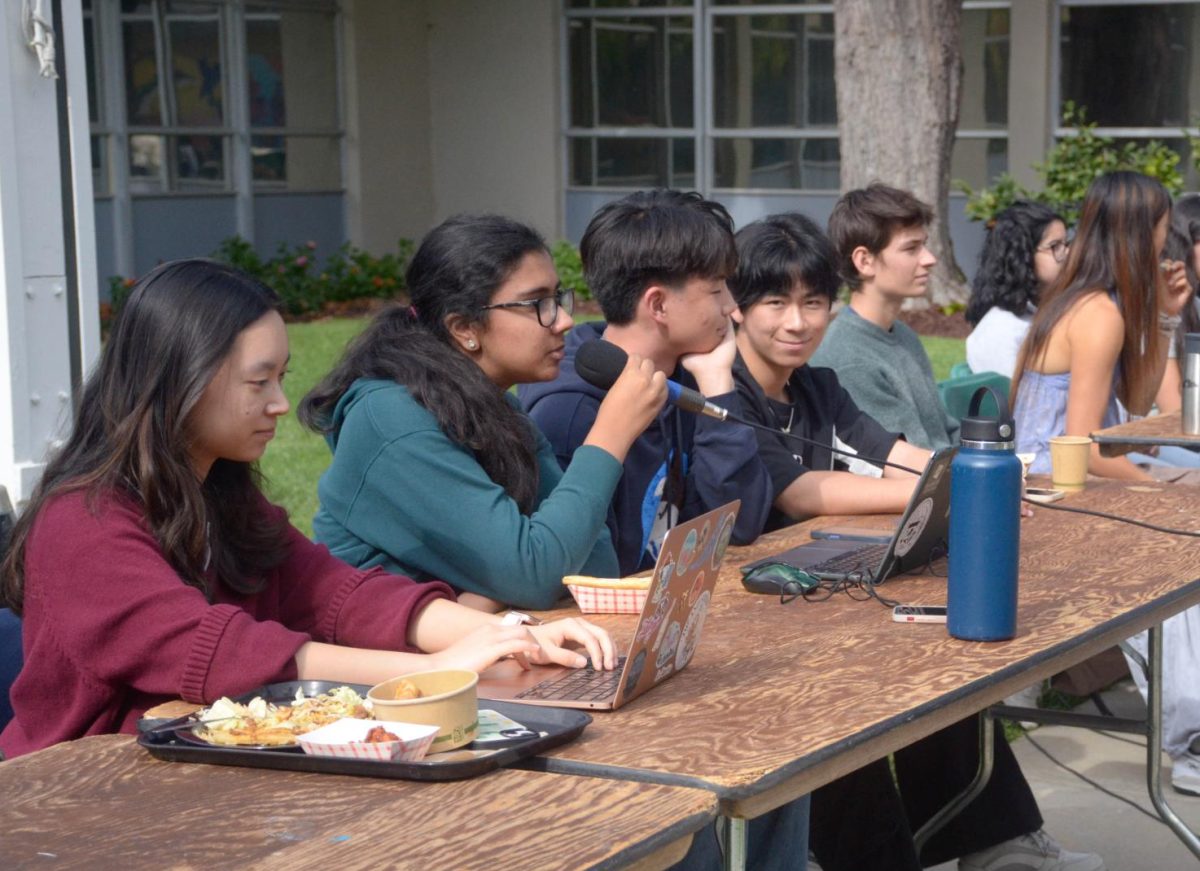
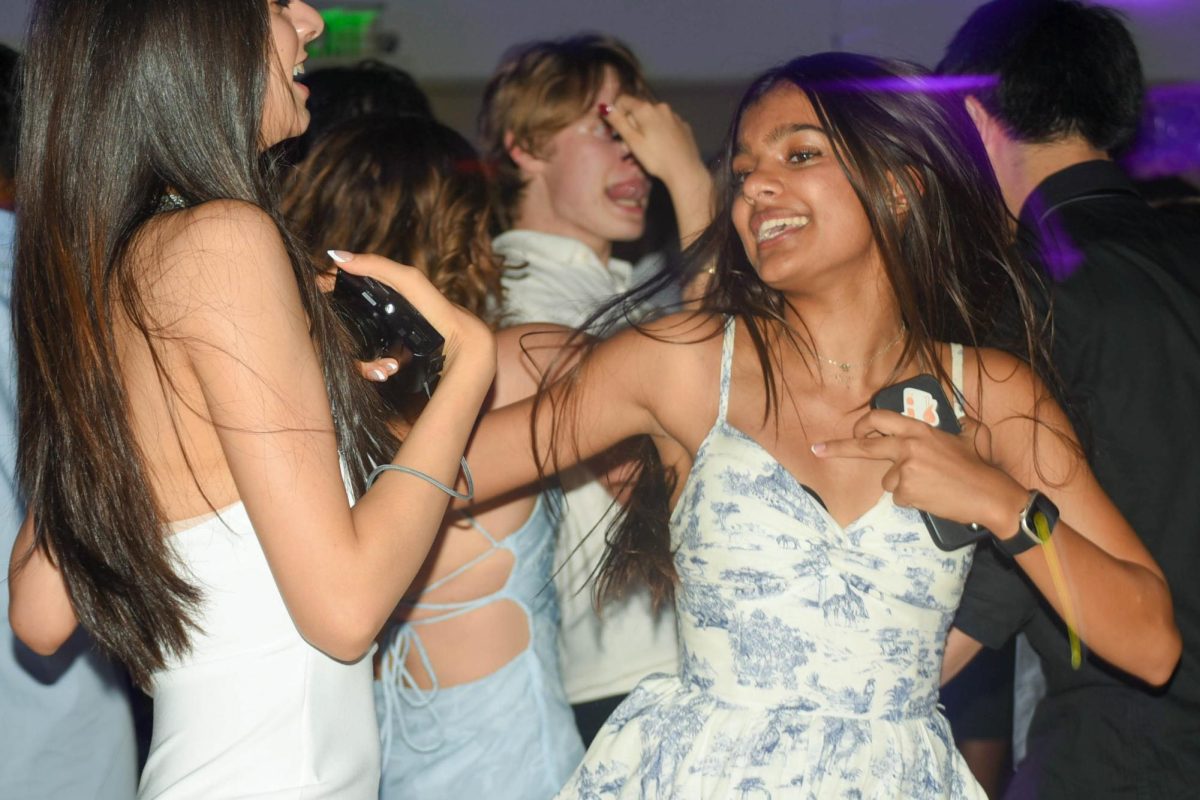
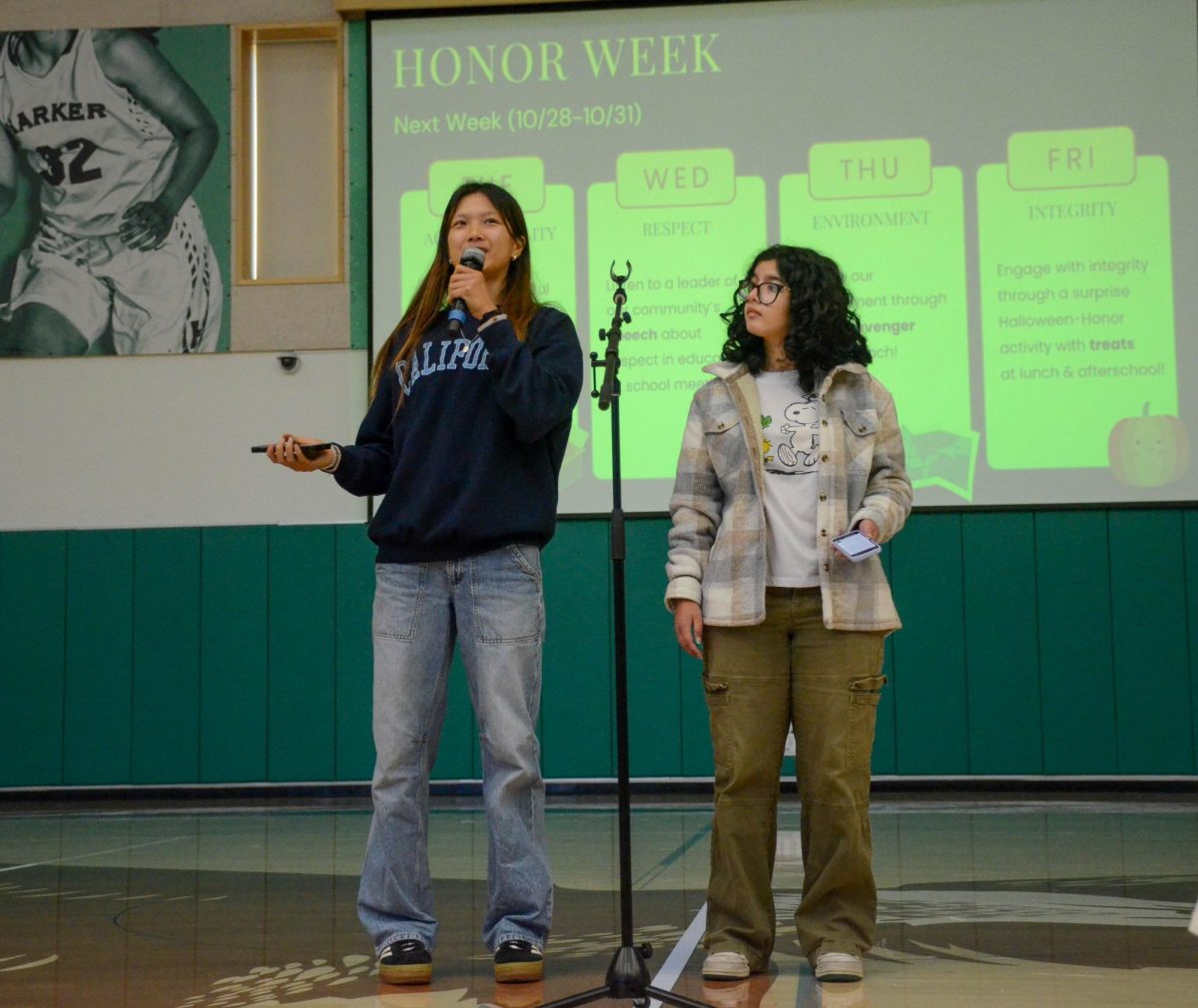
![LALC Vice President of External Affairs Raeanne Li (11) explains the International Phonetic Alphabet to attendees. "We decided to have more fun topics this year instead of just talking about the same things every year so our older members can also [enjoy],” Raeanne said.](https://harkeraquila.com/wp-content/uploads/2025/10/DSC_4627-1200x795.jpg)
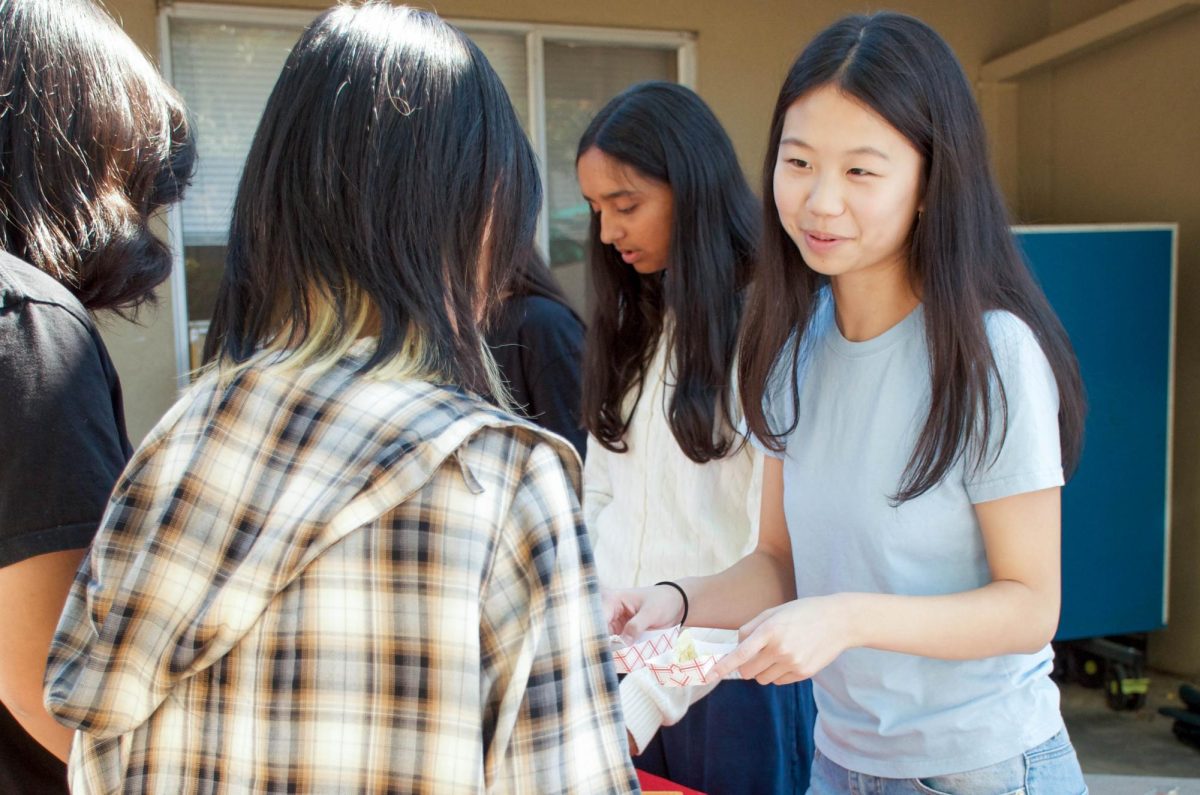
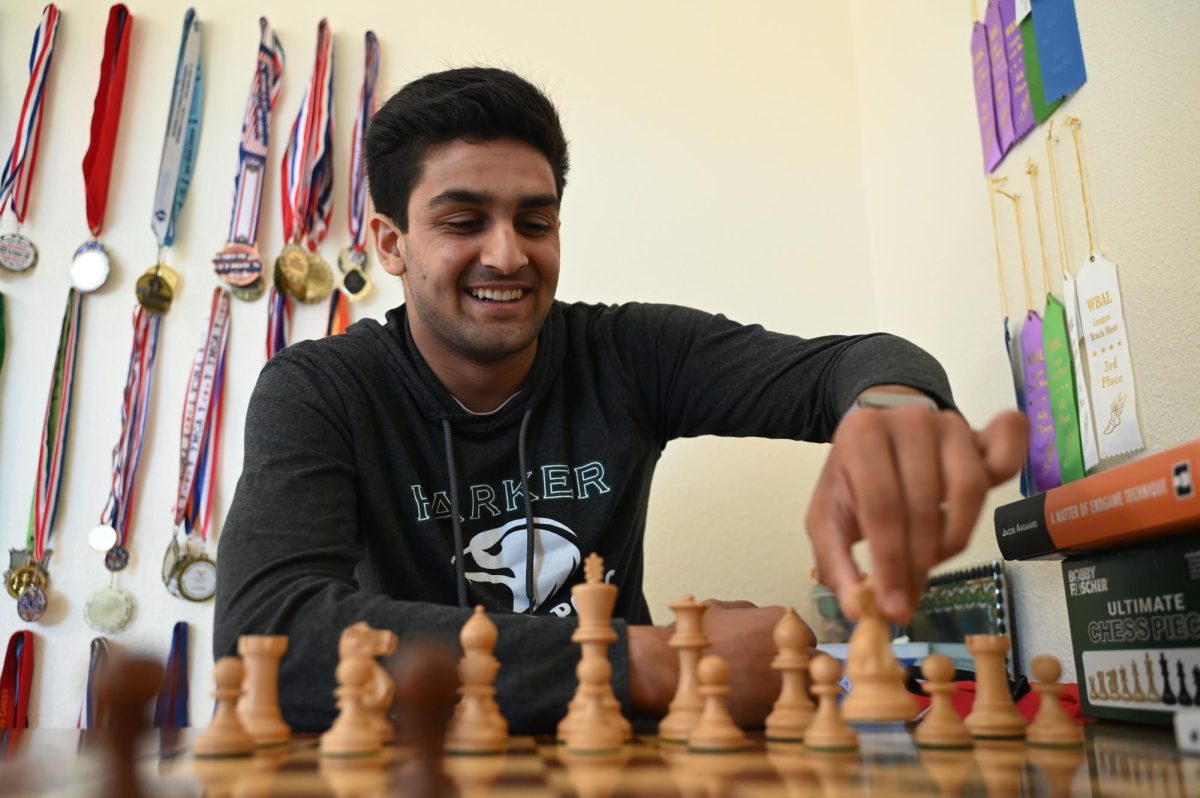

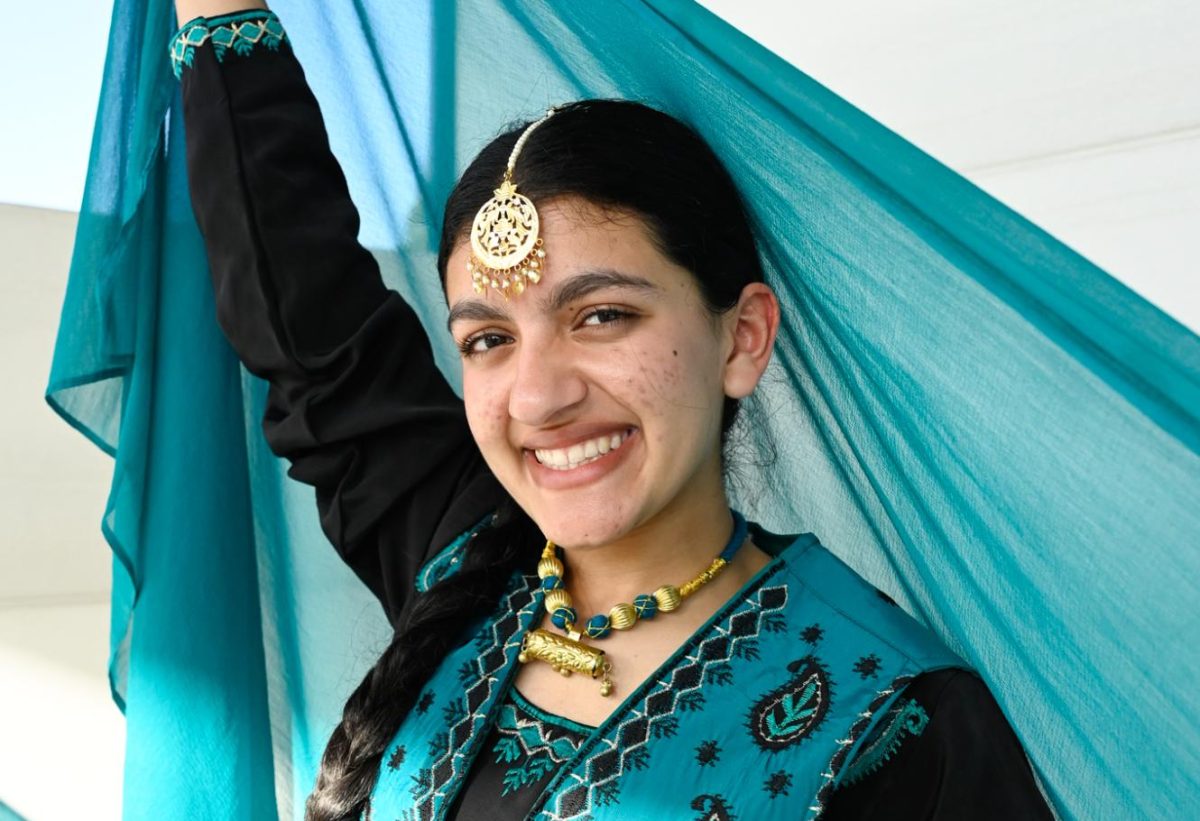
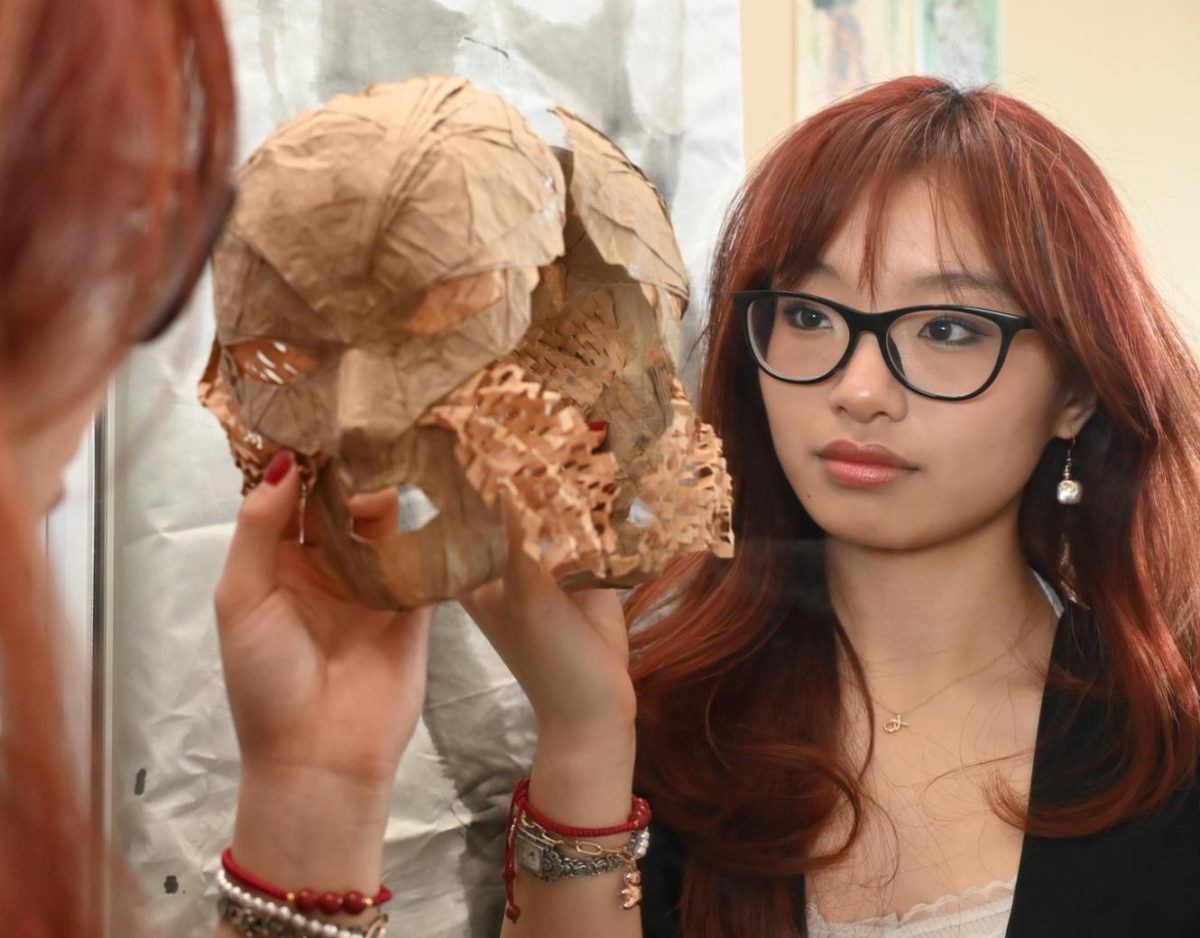
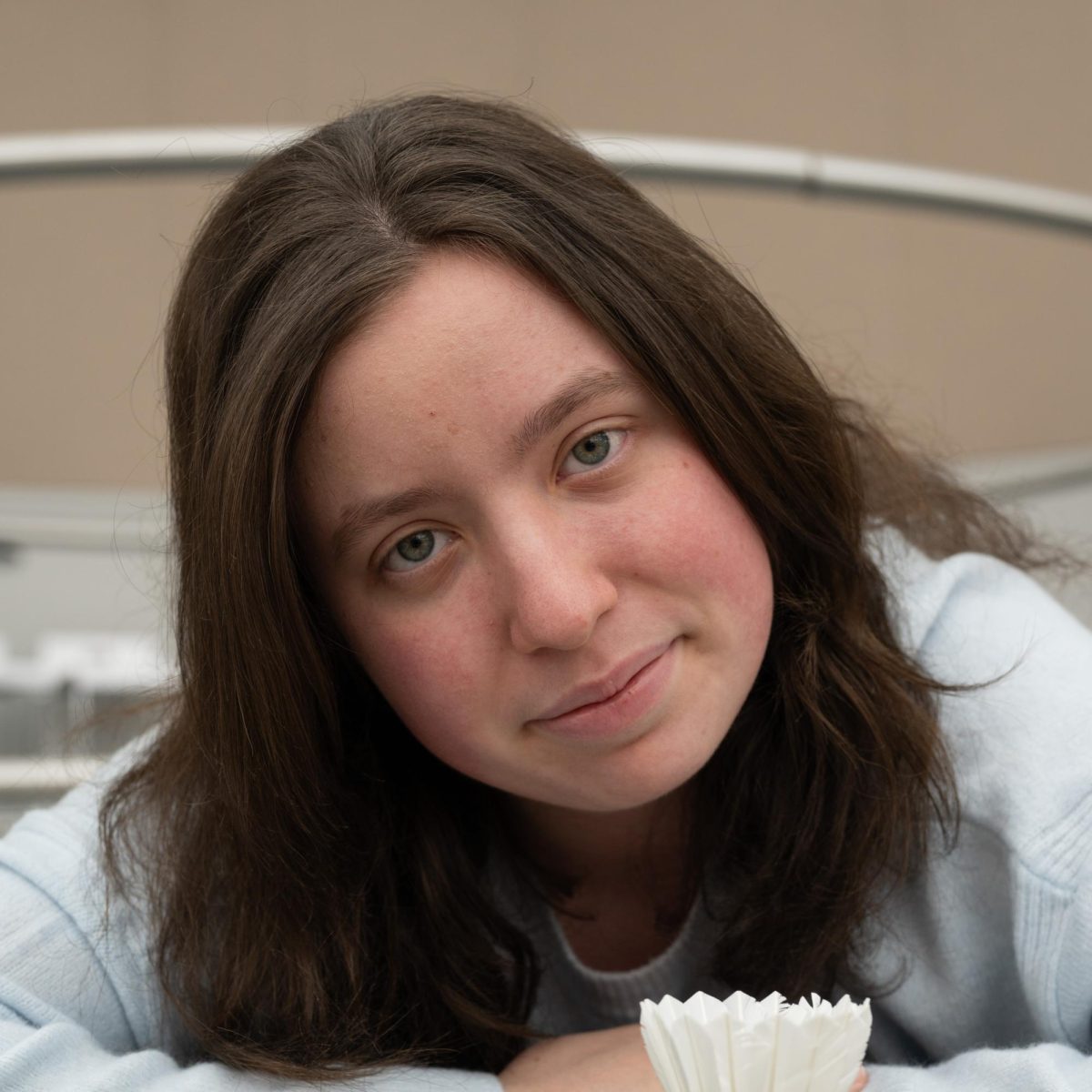
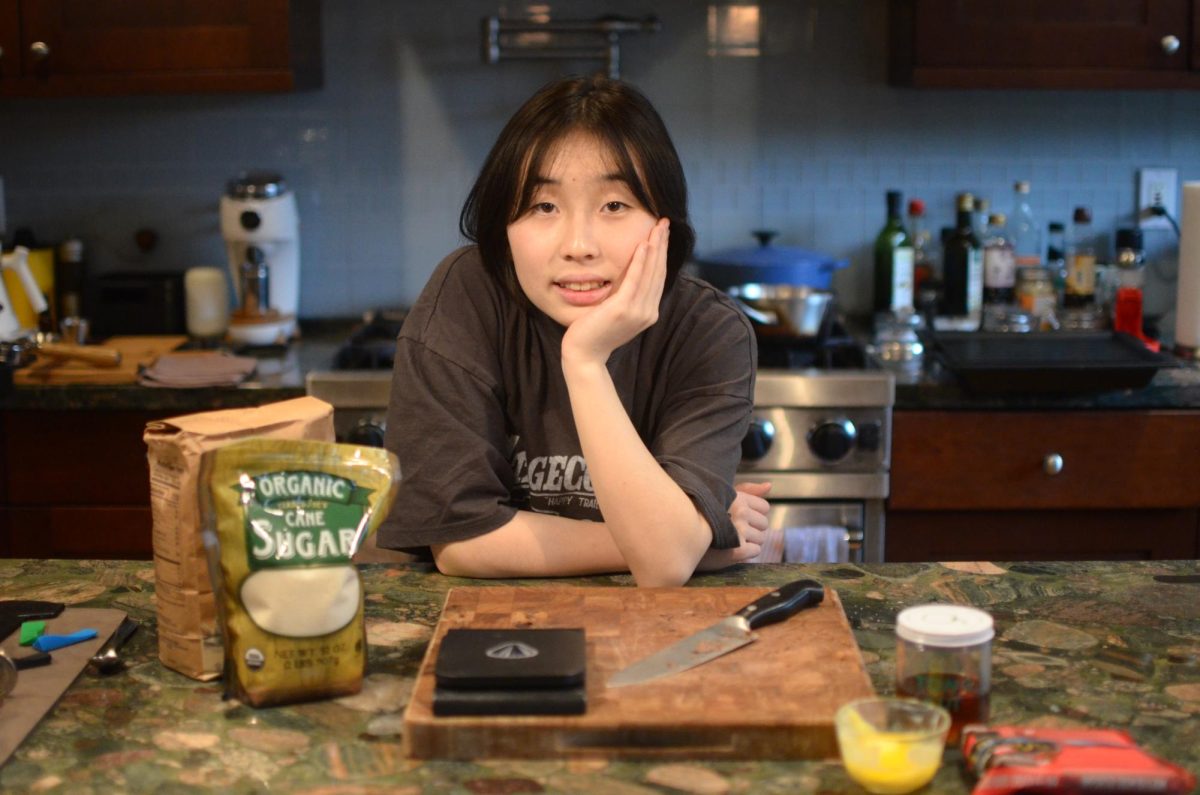



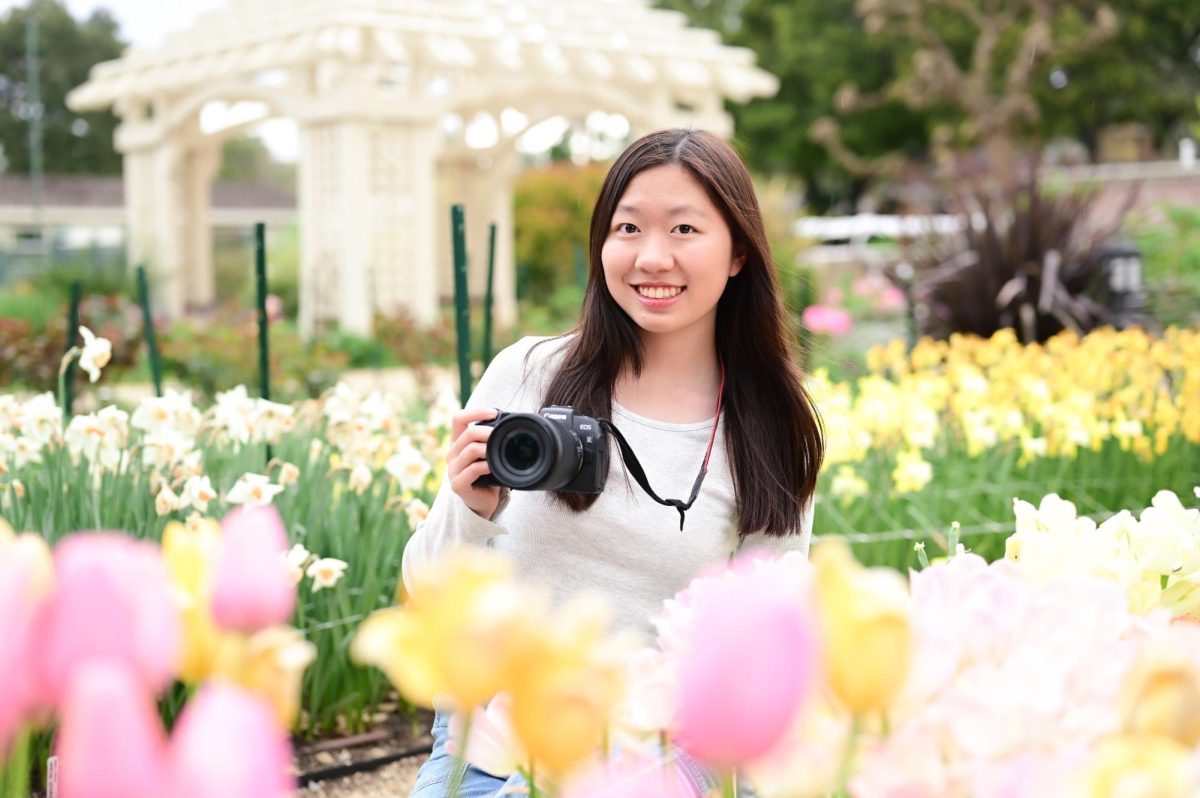

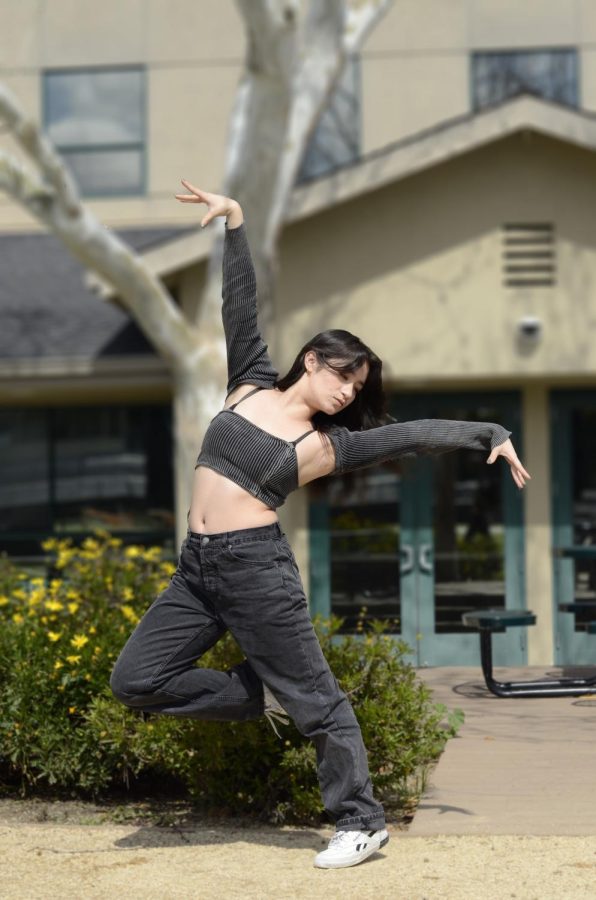
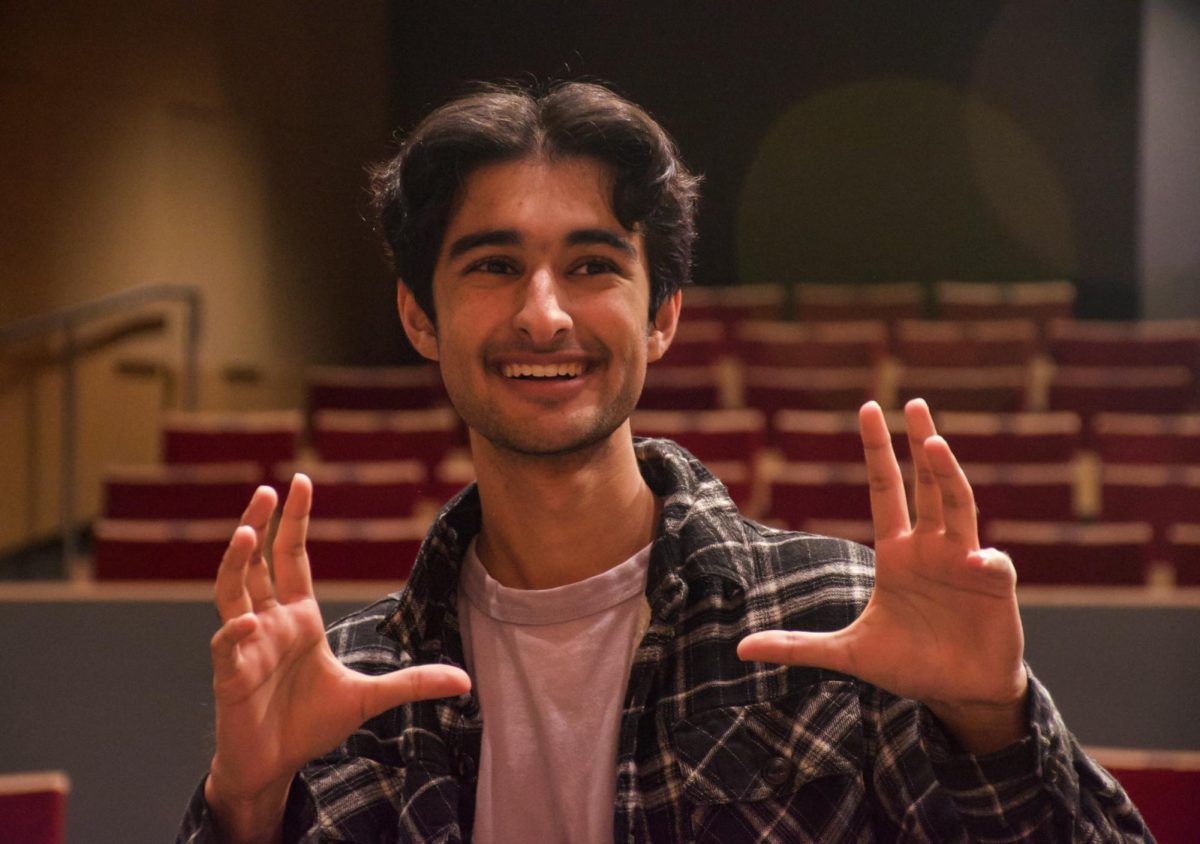
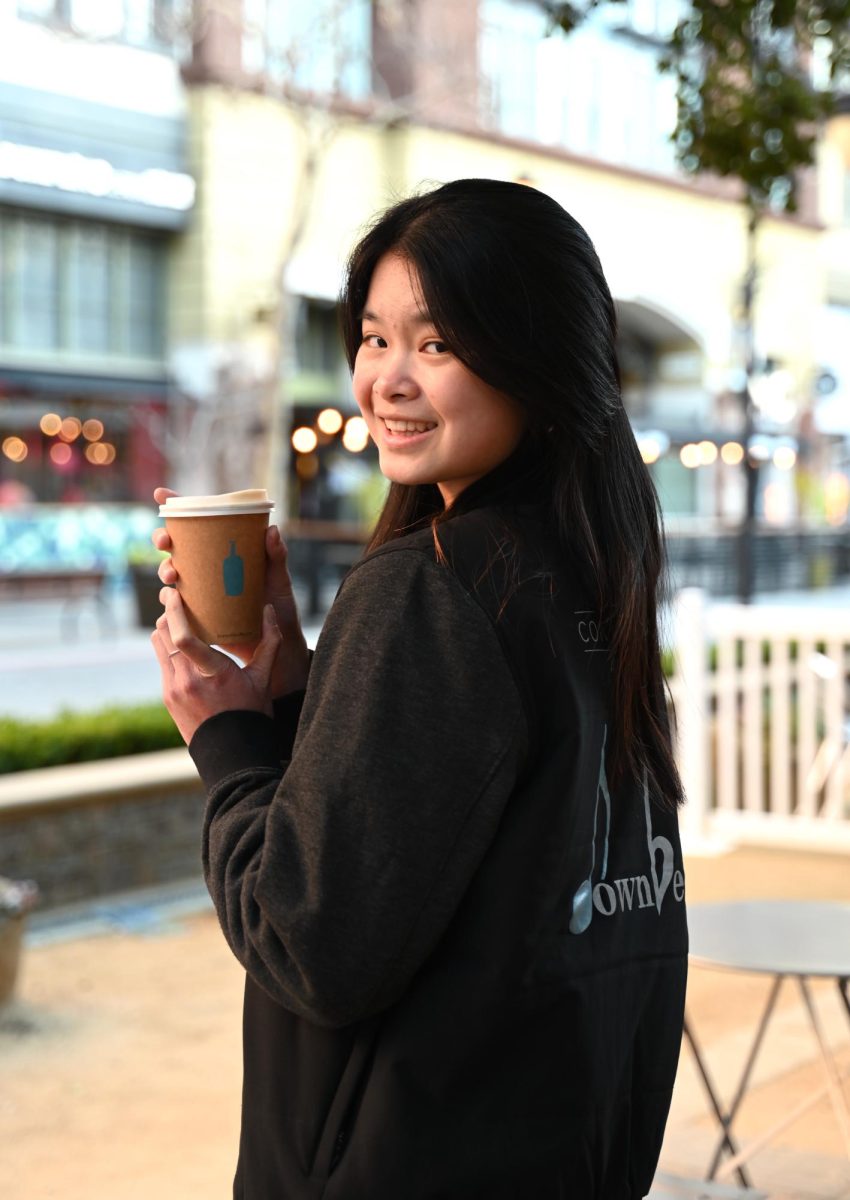
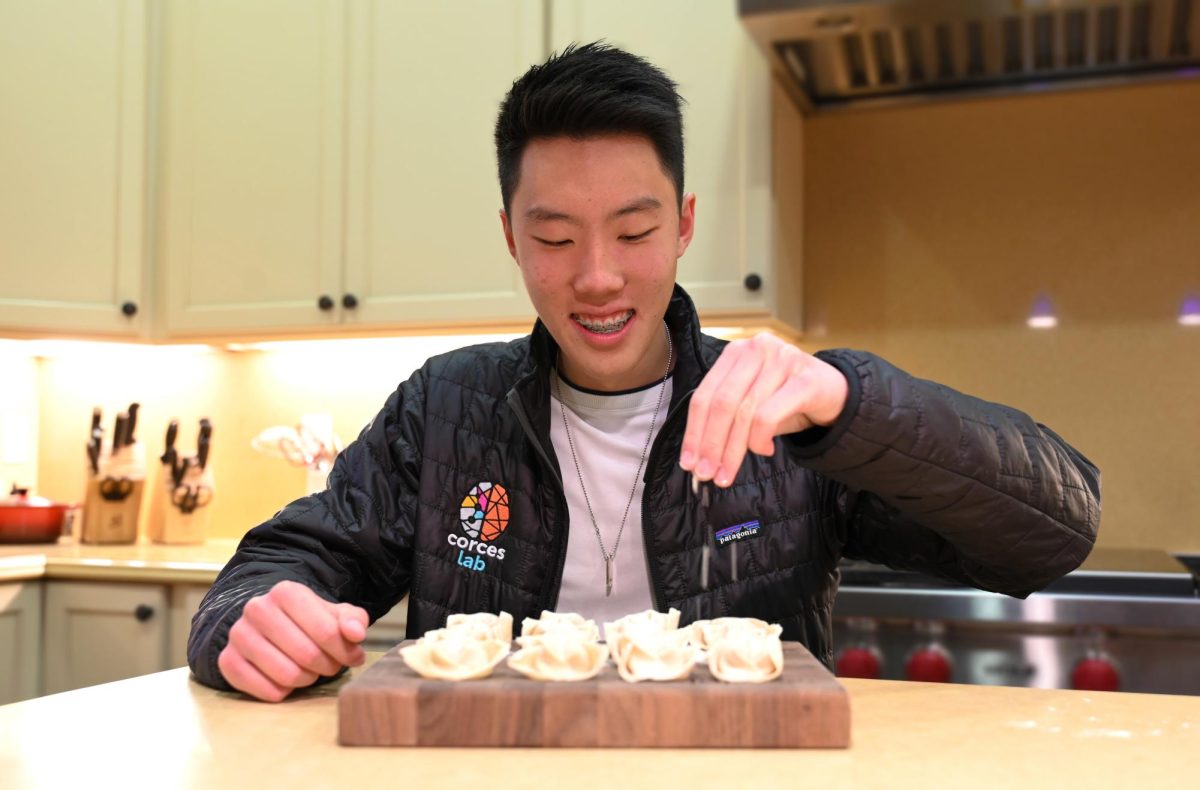
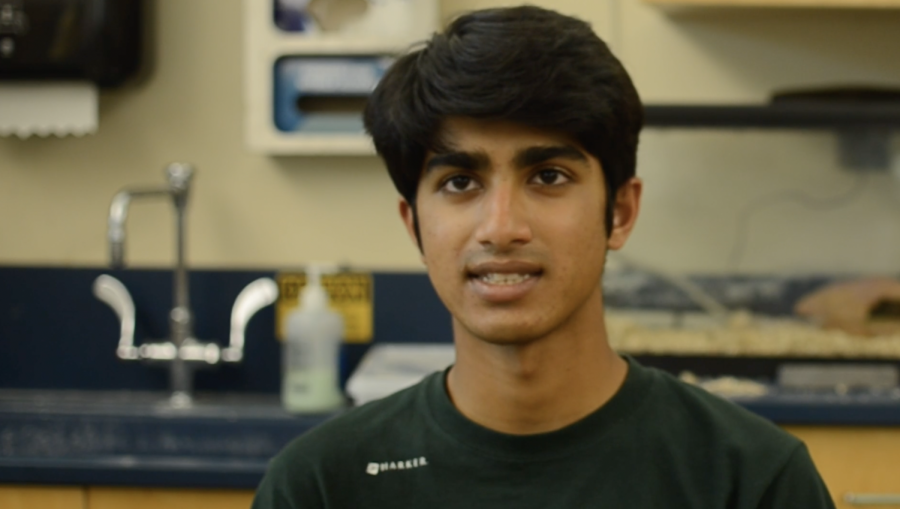
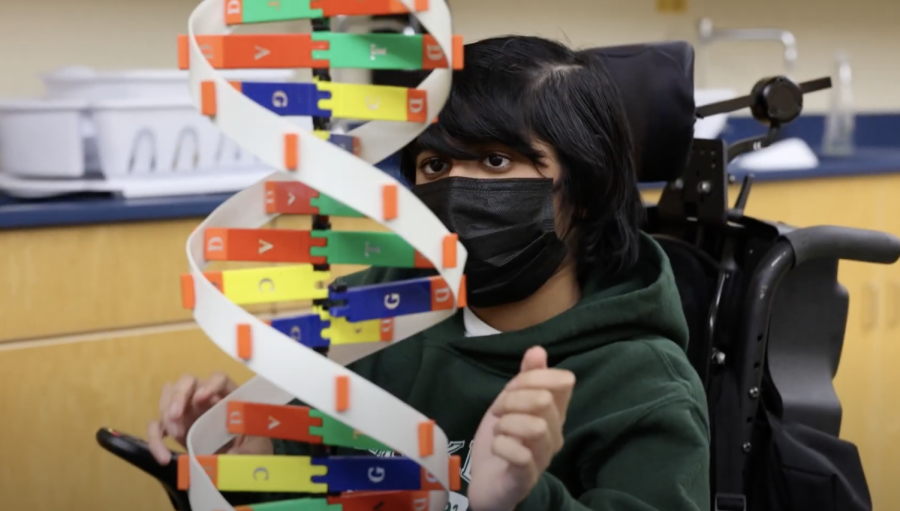
![“[Building nerf blasters] became this outlet of creativity for me that hasn't been matched by anything else. The process [of] making a build complete to your desire is such a painstakingly difficult process, but I've had to learn from [the skills needed from] soldering to proper painting. There's so many different options for everything, if you think about it, it exists. The best part is [that] if it doesn't exist, you can build it yourself," Ishaan Parate said.](https://harkeraquila.com/wp-content/uploads/2022/08/DSC_8149-900x604.jpg)

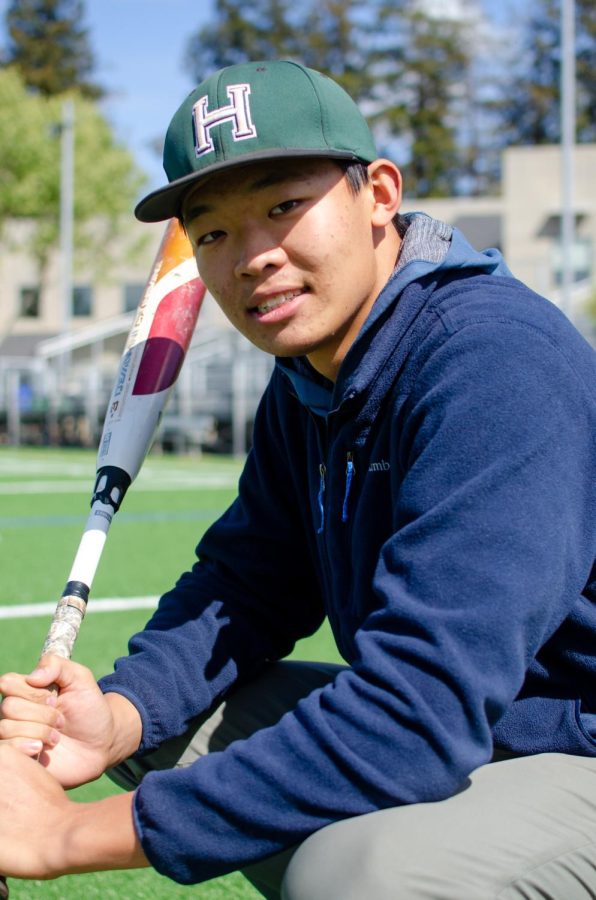

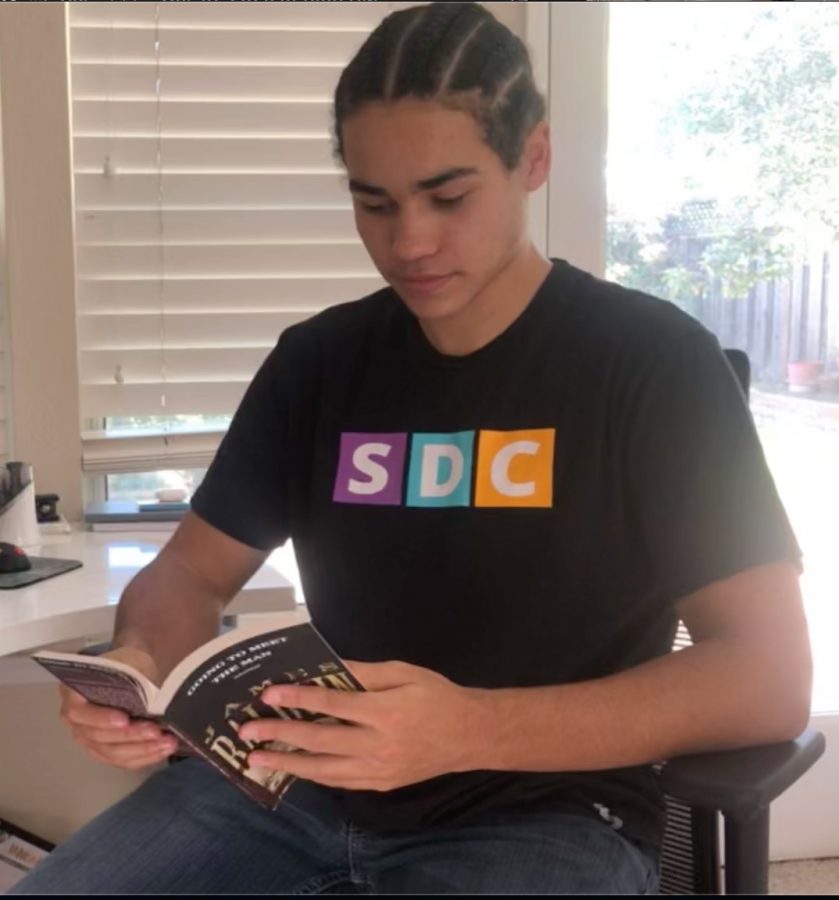
![“When I came into high school, I was ready to be a follower. But DECA was a game changer for me. It helped me overcome my fear of public speaking, and it's played such a major role in who I've become today. To be able to successfully lead a chapter of 150 students, an officer team and be one of the upperclassmen I once really admired is something I'm [really] proud of,” Anvitha Tummala ('21) said.](https://harkeraquila.com/wp-content/uploads/2021/07/Screen-Shot-2021-07-25-at-9.50.05-AM-900x594.png)

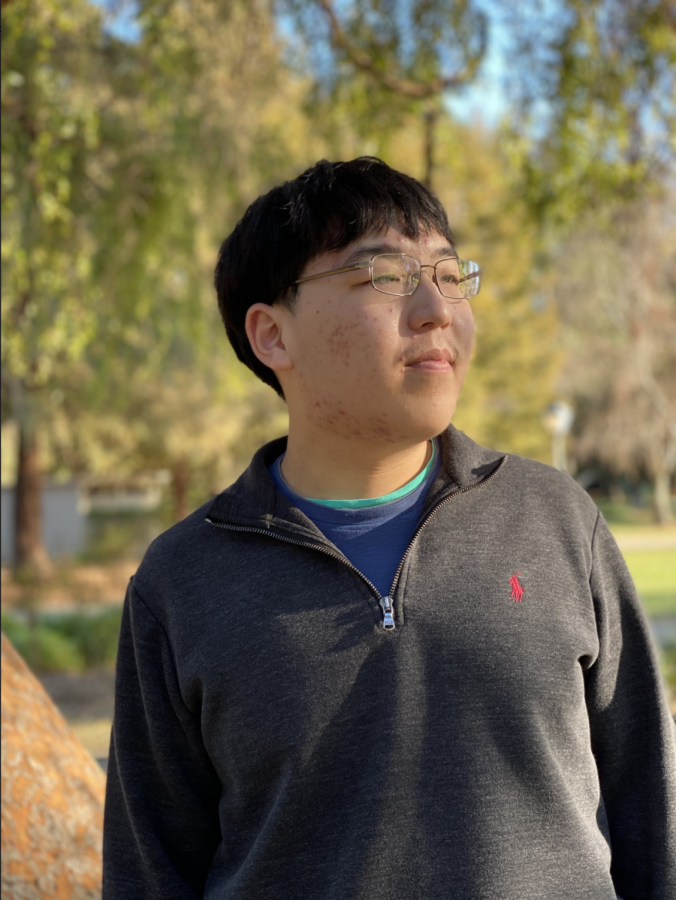
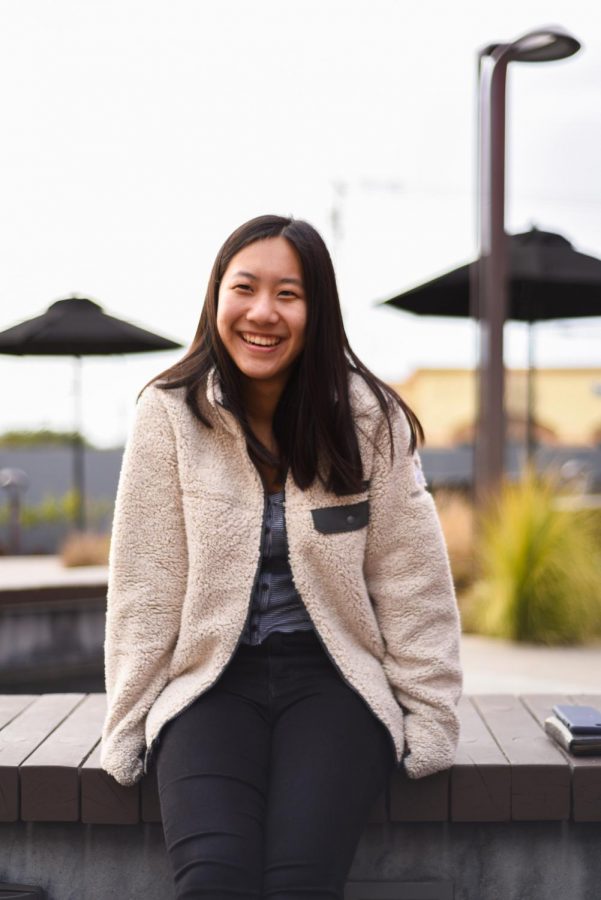
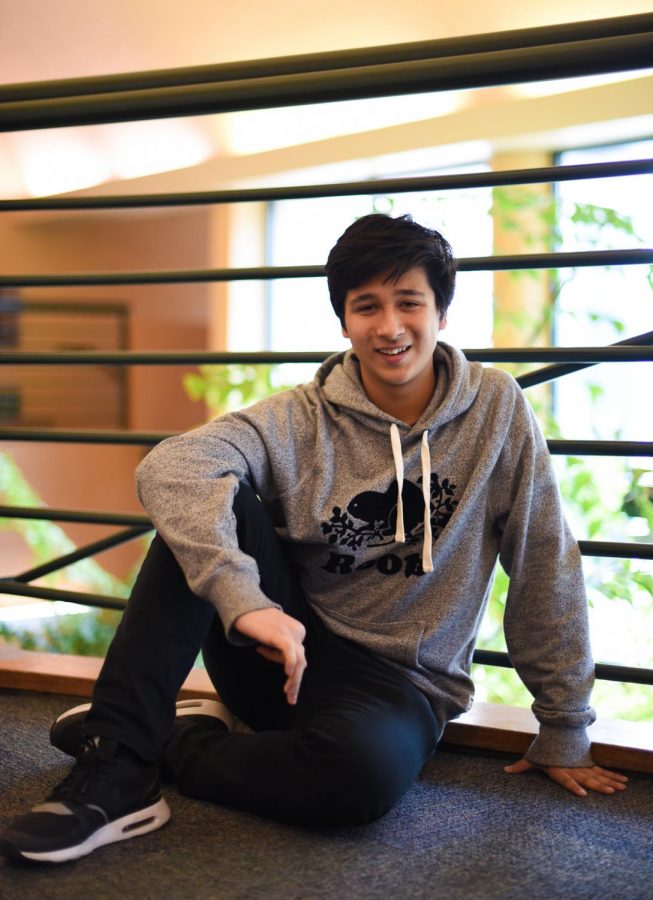
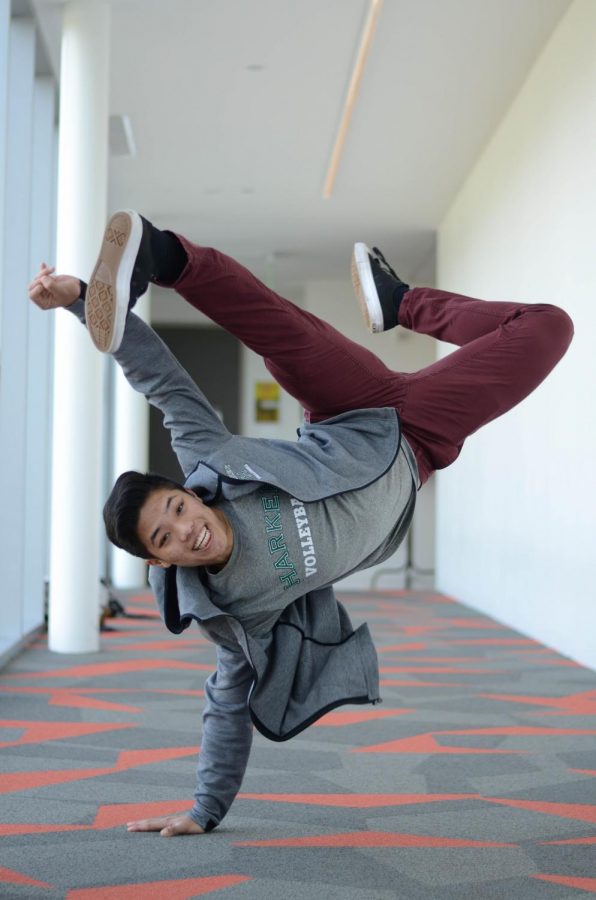
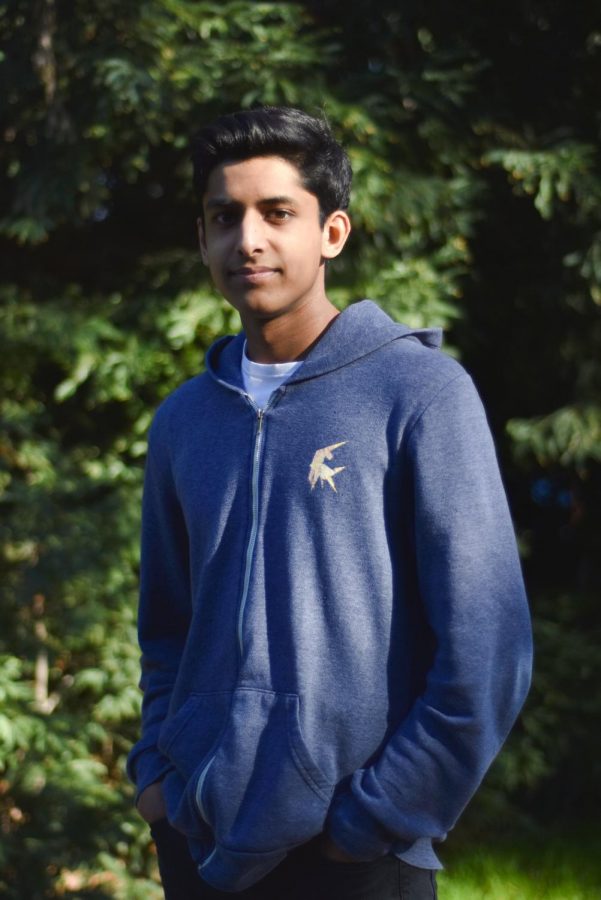

![“I think getting up in the morning and having a sense of purpose [is exciting]. I think without a certain amount of drive, life is kind of obsolete and mundane, and I think having that every single day is what makes each day unique and kind of makes life exciting,” Neymika Jain (12) said.](https://harkeraquila.com/wp-content/uploads/2017/06/Screen-Shot-2017-06-03-at-4.54.16-PM.png)




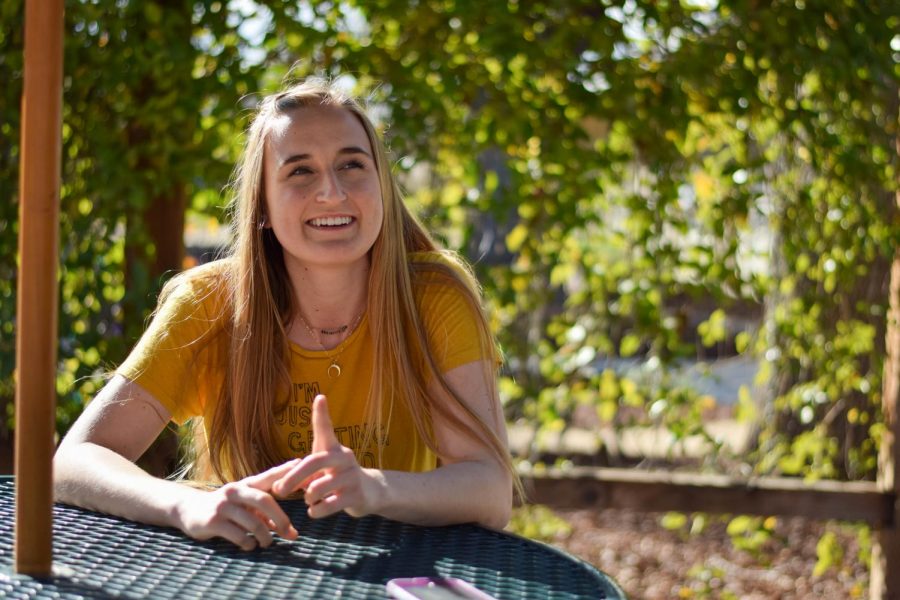
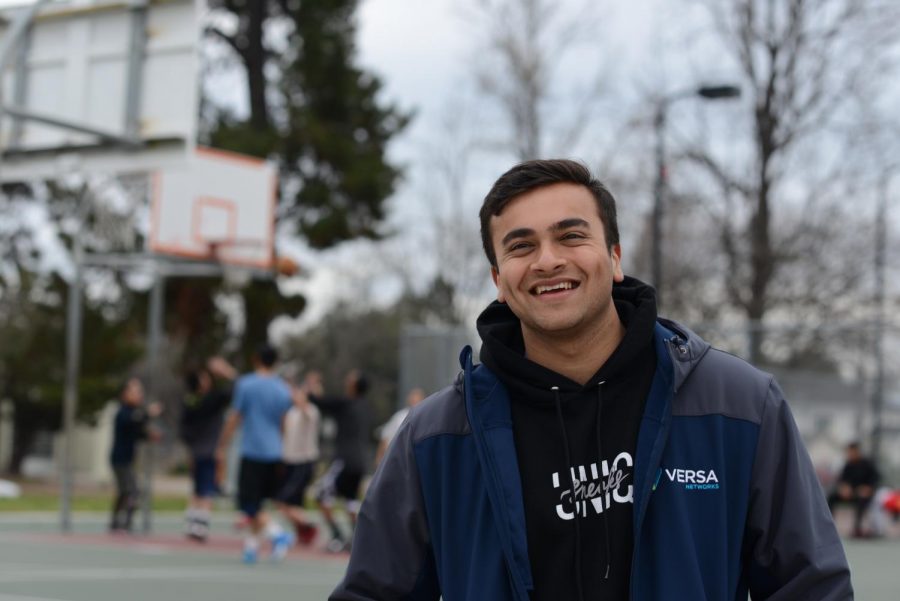
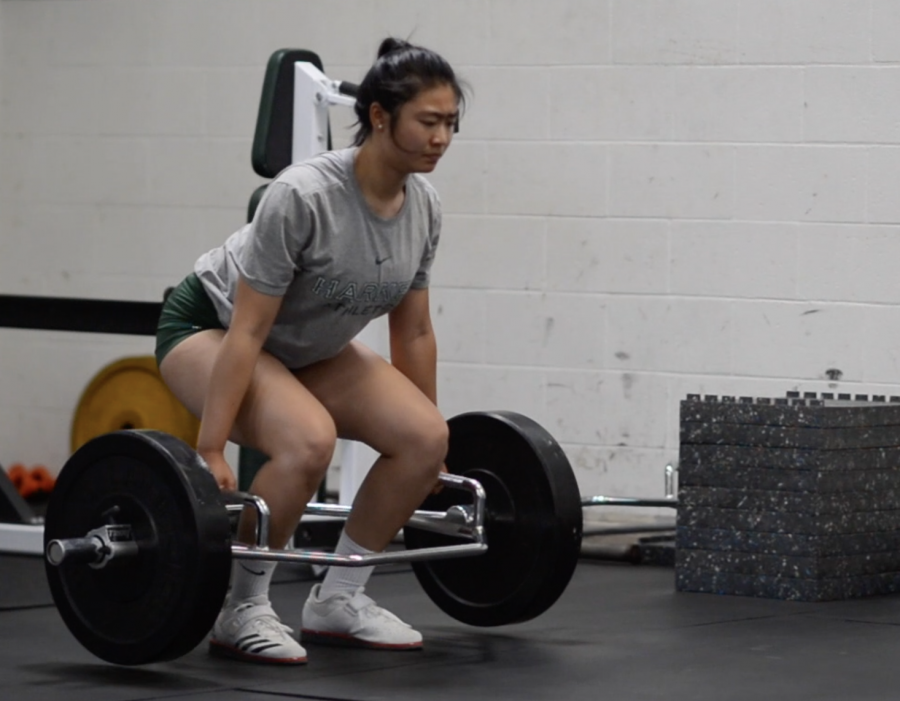
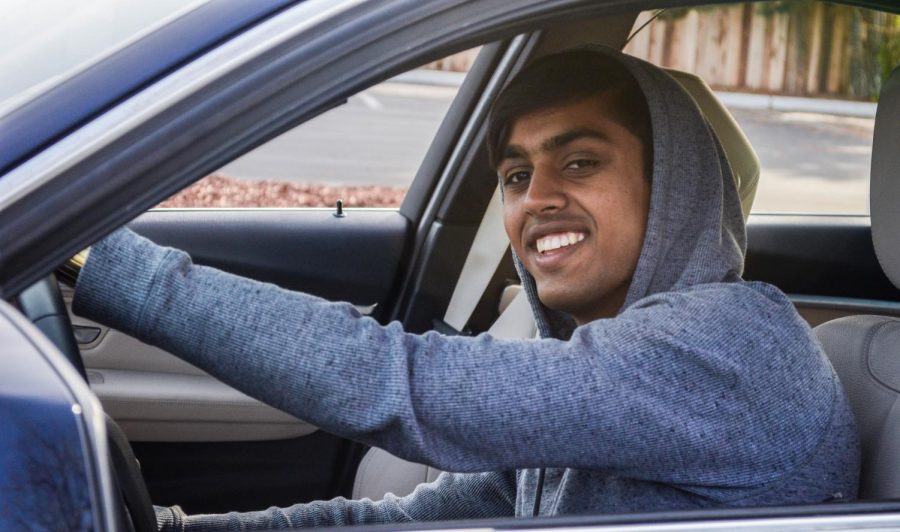
![“My slogan is ‘slow feet, don’t eat, and I’m hungry.’ You need to run fast to get where you are–you aren't going to get those championships if you aren't fast,” Angel Cervantes (12) said. “I want to do well in school on my tests and in track and win championships for my team. I live by that, [and] I can do that anywhere: in the classroom or on the field.”](https://harkeraquila.com/wp-content/uploads/2018/06/DSC5146-900x601.jpg)
![“[Volleyball has] taught me how to fall correctly, and another thing it taught is that you don’t have to be the best at something to be good at it. If you just hit the ball in a smart way, then it still scores points and you’re good at it. You could be a background player and still make a much bigger impact on the team than you would think,” Anya Gert (’20) said.](https://harkeraquila.com/wp-content/uploads/2020/06/AnnaGert_JinTuan_HoHPhotoEdited-600x900.jpeg)
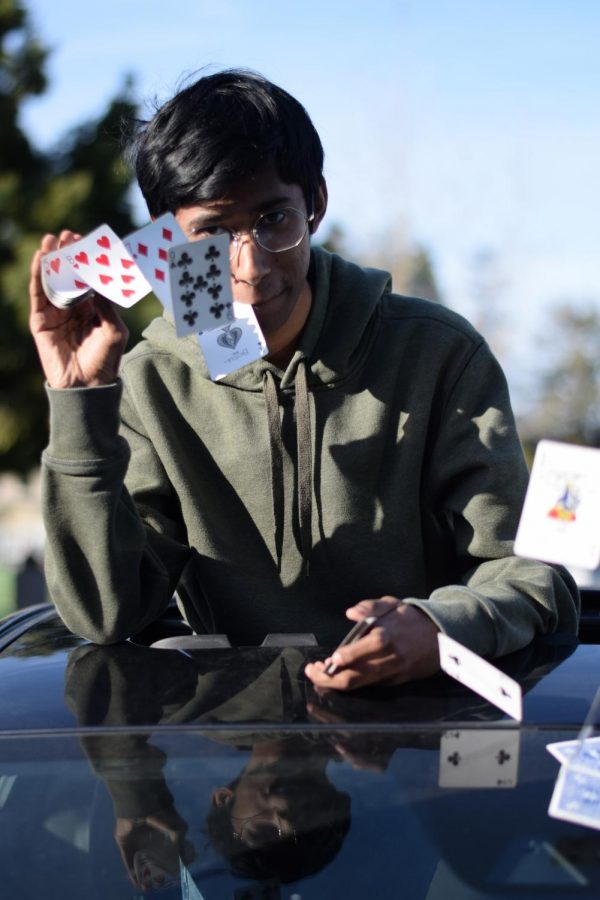
![“I'm not nearly there yet, but [my confidence has] definitely been getting better since I was pretty shy and timid coming into Harker my freshman year. I know that there's a lot of people that are really confident in what they do, and I really admire them. Everyone's so driven and that has really pushed me to kind of try to find my own place in high school and be more confident,” Alyssa Huang (’20) said.](https://harkeraquila.com/wp-content/uploads/2020/06/AlyssaHuang_EmilyChen_HoHPhoto-900x749.jpeg)
